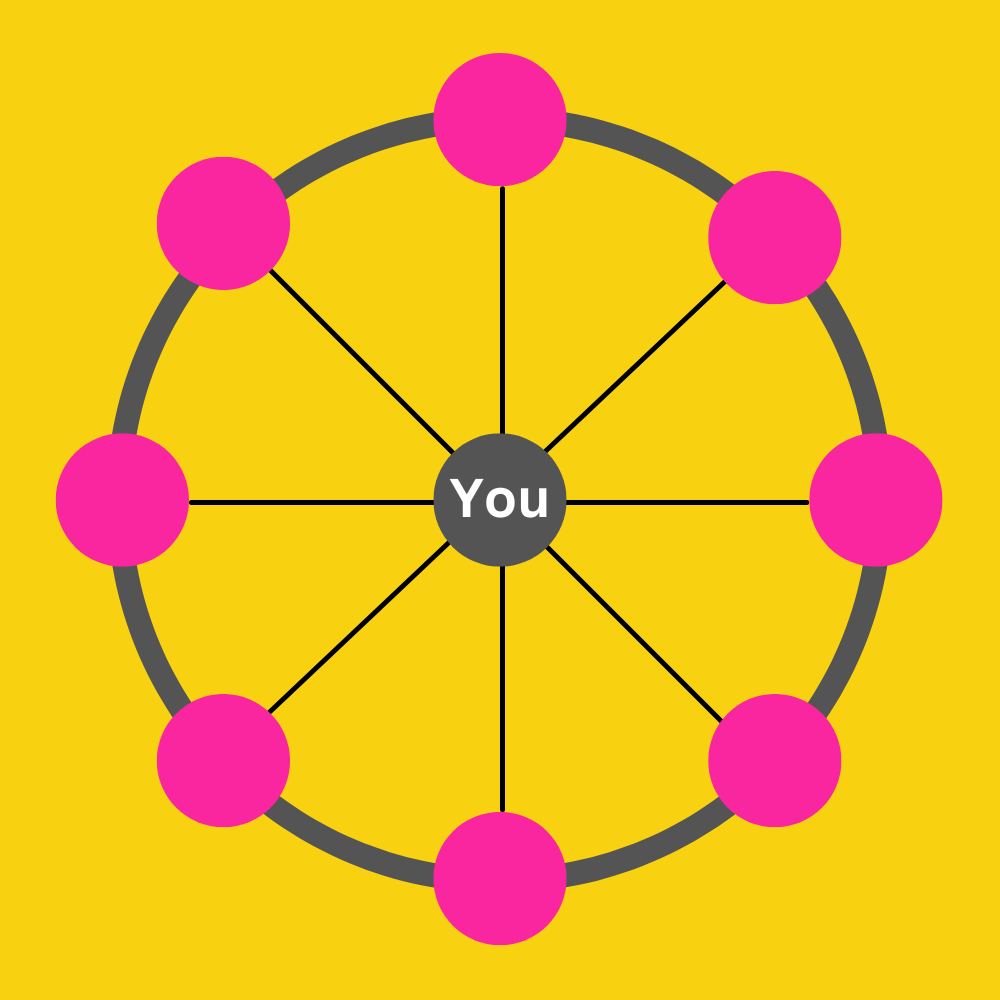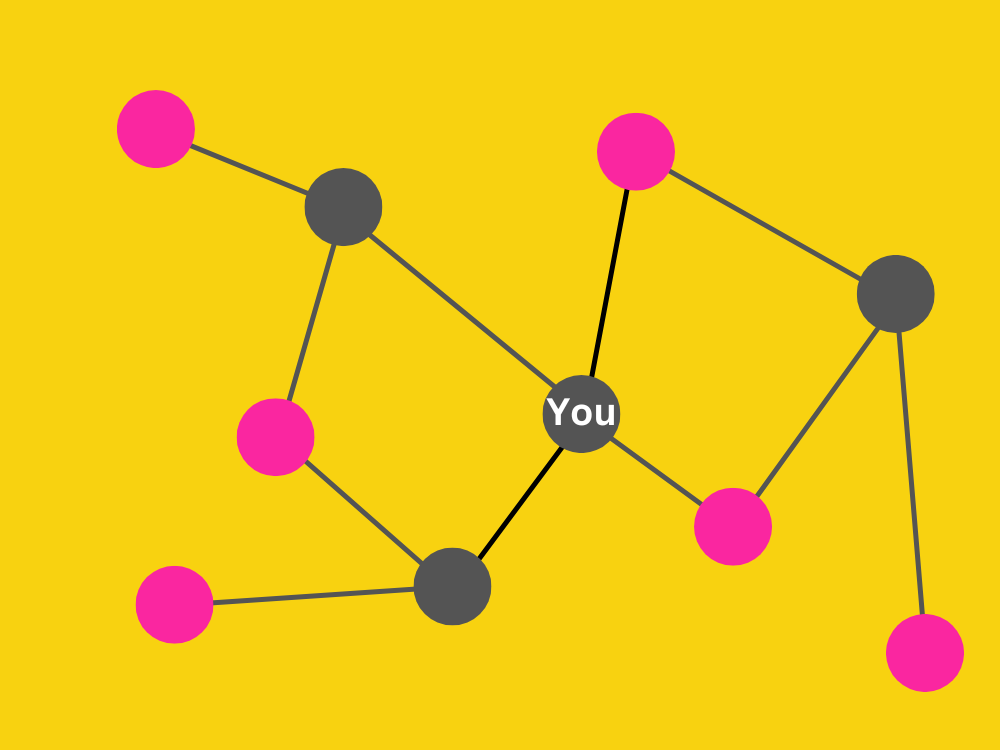Multi-threading to de-risk your deals
In this week’s newsletter I’m going to walk you through how to multi-thread your opportunities to increase your win rate,
What is multi-threading?
Multi-threading means having multiple lines of communication open into your customer.
The opposite would be single-threading - only speaking with one person.
The risk with single-threading is that you only get one story, one view of what is important to the customer. And if that contact goes dark and starts ghosting you - you have nowhere else to turn.
Multi-threading helps you de-risk the deal - reducing the impact of one person leaving or stopping contact
Here are three things I do to multi-thread
Multi-thread early
If you wait until you are in a buying process then it is too late.
Indeed, if you are in a formal RFP process you will be specifically forbidden from trying to go around the named contacts.
As soon as you have a new account in your territory you should be planning how to build up a wide range of contacts outside of your target persona.
If you have already multi-threaded, then when you do find yourself in a buying process it is totally acceptable to keep building on previous relationships you have established.
Higher and wider
Who should you multi-thread with?
Depending on which edition of The Challenger Sale you read - there are anything from 5.8 up to 10 different customer contacts in the average buying group.
Economic buyers, project managers, IT teams, security, lawyers, administrators, users…
All of these will have an influence over any future decisions, and those decisions will be taken without you in the room.
You want to make sure whenever anyone mentions you or your company’s name, the other person can say, “Ah yes, I’d be happy to work with them…”
Higher: senior executives in functions that won’t directly make the decision but who’s teams would use the solution.
Wider in function: contacts in functions that would support the decision - legal, IT, infosec, procurement.
Wider in business unit: depending on the structure of the business are their sister companies, subsidiaries, different brands who might get asked about what they are planning during a buying process.
Wider in geography: if you are selling in one region, build connections with other regions. Understand how they work and what their challenges are.
Build a web not a wheel
It can be tempting to think that multi-threading is all down to you - that as the AE you should make these connections and manage all the relationships.
Don’t build a wheel
Where you are central to all the discussions with your customer.
But the reality is you are just a salesperson in the customer’s eyes, and they’ll look at your outreach with a cynical eye.
Instead of building a wheel with you in the centre of it, think about building a web, where you connect your wider deal team with their opposite numbers at the customer.
Your legal team to their legal team
Your solution architect to their solution architect
Your senior VP with their senior VP
These relationships will be more likely to take hold, and will drive a more useful exchange of information moving forward.
Making the connection
Having mapped out who you want to multi-thread with, and who on your team you want to connect them with,
you can either do the connection yourself, or if they are happy to send the outreach themselves even better.
The key to multi-threaded relationships is that they are gives not gets. We are not looking to open up a new opportunity or ask for more meetings.
We want to provide these new contacts with valuable insight and connections that might help them in their roles.
“Hanna,
As you might know, we’re in early discussions with Chris about improving your first call resolution rates.
I’m the solution architect working with Chris, and thought you might be interested in how we are thinking about this for your area of the business,
Open to me sharing the current plans?”
or for an exec reaching out, there might be no call to action at all.
“Henrik,
As you may know, some of our teams are discussing how we might help you with your first call resolution rates.
I’m aligned with the CTO’s at some of our other retail customers, and I’m here if you want to challenge any of our team’s thinking or understand what’s being discussed at the executive briefings I’m part of,”
Or if you are connecting with a senior exec directly,
“Henrik,
As you may know we are currently discussing with Chris how we might help you with your first call resolution rates.
Typically CIO’s don’t get involved in this kind of programme until much further down the process, but do appreciate being kept in the loop.
No need to reply, and I’ll update you as things progress”
I would then ask the colleague on our team to connect with the opposite number on LinkedIn which helps to visualise any second level connections.
Using the web through the buying process
Having built up your web, you can then use it through the buying process to understand some of the back stories when you aren’t in the room.
Remember, multi-threading is about gives, not gets. So work with your wider deal team to use these new channels to provide unique insight to their opposite numbers:
Here’s the latest draft of the project plan
Here’s some bio’s of the project team
Here’s some lessons learned from a project that just went live
Here’s a new security certification that’s just come through
Here’s a training deck that you might find useful for your change programme
By giving information to their counterparts that focuses on what happens after they become a customer, your colleagues will help your customer to experience what life will be like with you as a partner.
They will be also be better positioned to reinforce or question decisions being made by the customer during the buying process from a consulting perspective in a way that you would be unlikely to in the sales role.
So that’s it, I hope this gives you some ideas to get multi-threading in your customers.
See you next week,
Whenever you are ready, there are three ways that I can help you:
The SDR to AE Promotion video course. In 90 minutes I’ll help you plan for and execute your AE interview process. My exact process for getting job offers.
Get How To Sell Tech as a paperback, hardback, Kindle or audiobook for a deep dive on how to hit your target in your first sales role.
Subscribe to Research Hub where we publish up to date industry and account analysis to help accelerate your research and personalise your outreach.


